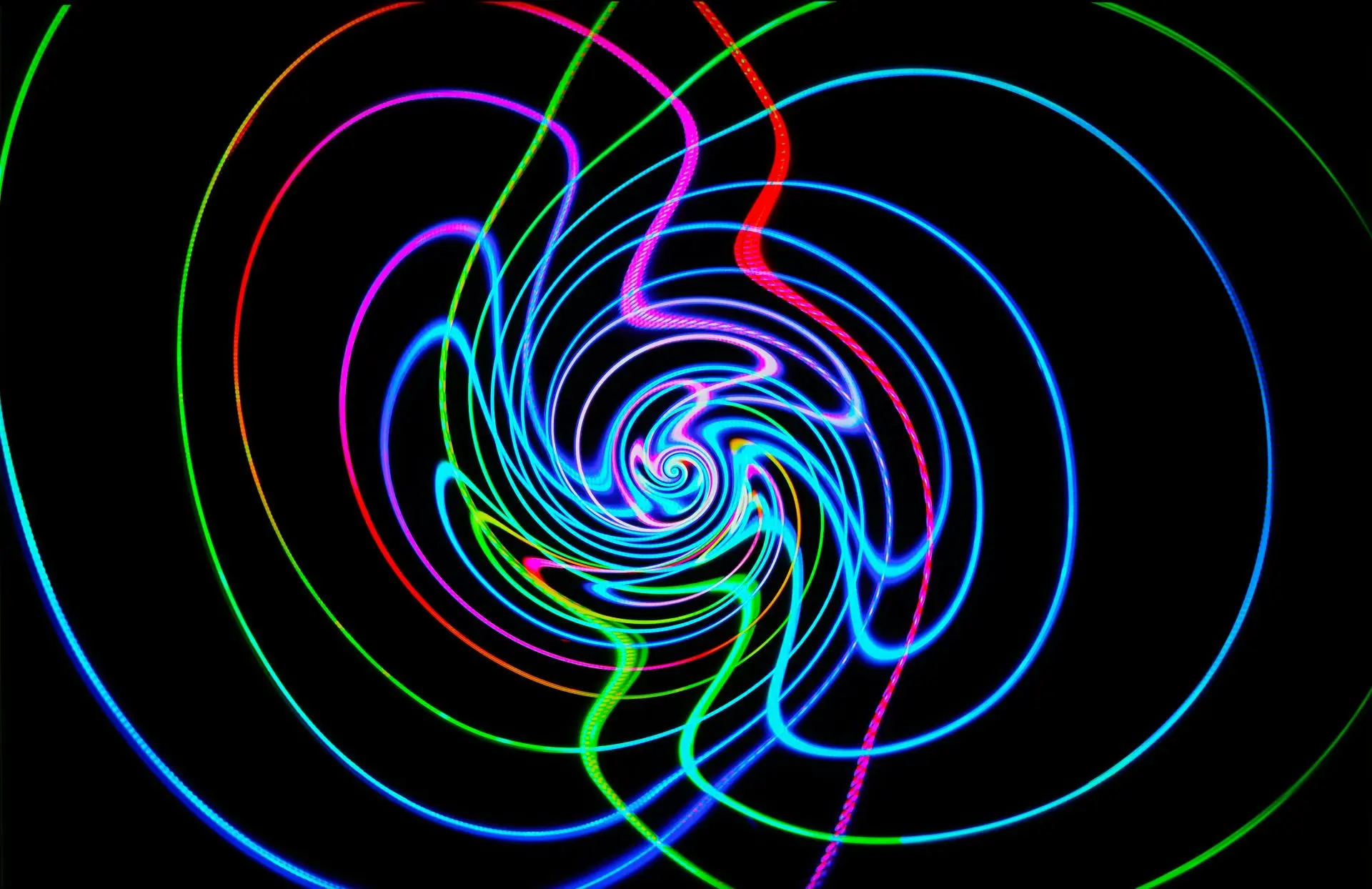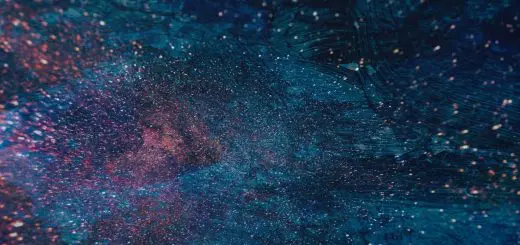Digital Art Tutorials: Techniques and Software

Looking for more amazing products? Check out our online store and explore our collection here! Happy shopping!
Before diving in, please note: This post is for informational purposes only. If you’d like to know more about how we approach topics, feel free to check out our friendly Disclaimer Page.
Hey there, amazing readers! 
We’re committed to delivering quality posts, and your support (even just sticking around despite the ads) means everything to us. So, bear with us, and thanks for helping us keep the good vibes rolling. Now, on to the fun stuff!
TRANSLATE BUTTON AT THE END OF THE ARTICLE
Introduction to Digital Art Tutorials
Digital art tutorials provide invaluable guidance and instruction on creating stunning works of art using digital tools.
Whether you are a beginner looking to learn the basics or an experienced artist seeking to refine your skills, these tutorials offer a wealth of knowledge and techniques to help you unlock your creative potential.
From choosing the right software to mastering advanced techniques, digital art tutorials cover a wide range of topics to cater to artists of all levels.
Choosing the Right Software for Digital Art
Selecting the appropriate software is crucial when diving into the world of digital art.
Popular choices include Adobe Photoshop, Corel Painter, and Procreate, each offering unique features and functionalities tailored to different artistic styles.
Consider factors such as your budget, preferred tools, and desired outcomes when choosing the right software for your digital art projects.
Experiment with various programs to find the one that best suits your needs and artistic vision.
Understanding Basic Techniques in Digital Art
Before delving into more advanced techniques, mastering the basics of digital art is essential.
Learn how to use brushes, layers, and blending modes to create depth and dimension in your artwork.
Understanding concepts such as color theory, composition, and perspective will provide a strong foundation for your digital art practice.
Practice regularly and seek feedback from other artists to improve your skills and expand your creative horizons.
Exploring Advanced Digital Art Techniques
Once you have a solid grasp of the basics, it’s time to explore more advanced digital art techniques.
Experiment with digital painting, photo manipulation, and 3D modeling to push the boundaries of your creativity.
Dive into topics such as lighting, texturing, and rendering to elevate your digital art to the next level.
Explore online tutorials, workshops, and forums to learn from experienced artists and discover new techniques to incorporate into your work.
Using Layers and Blend Modes in Digital Art
Layers and blend modes are powerful tools in digital art that allow you to create complex and dynamic compositions.
Experiment with layering different elements to add depth and texture to your artwork.
Explore blend modes such as multiply, screen, and overlay to achieve unique effects and color combinations.
Mastering the use of layers and blend modes will enhance the overall quality of your digital art and give your work a professional finish.
Incorporating Textures and Effects in Digital Art
Textures and effects can add a touch of realism and visual interest to your digital art creations.
Experiment with adding textures such as watercolor, paper, or canvas to give your artwork a tactile feel.
Explore effects like blur, distortion, and noise to create unique visual effects and enhance the mood of your pieces.
Incorporating textures and effects in your digital art allows you to create rich, immersive artworks that captivate viewers and showcase your artistic style.
Mastering Color Theory in Digital Art
Color theory plays a crucial role in digital art, as it influences the mood, composition, and overall impact of your artwork.
Understanding concepts such as color harmony, contrast, and saturation will help you create visually striking compositions.
Experiment with different color palettes and combinations to evoke specific emotions and convey your artistic message effectively.
Mastering color theory in digital art will elevate the quality of your work and make your creations stand out.
Creating Digital Art with Vector Graphics
Vector graphics offer a versatile and scalable approach to creating digital art with crisp lines and smooth curves.
Programs like Adobe Illustrator and Inkscape enable artists to create intricate illustrations, logos, and designs with precision and clarity.
Explore the world of vector graphics by learning how to use tools such as the pen tool, shapes, and gradients to create stunning artworks.
Experiment with different techniques and styles to unleash your creativity and produce unique vector art pieces.
Making Digital Art with Pixel Art Techniques
Pixel art is a nostalgic and charming style of digital art that uses tiny squares or pixels to create intricate designs and animations.
Popular in video games and digital media, pixel art requires precision and attention to detail to achieve a visually appealing result.
Learn the fundamentals of pixel art, such as color restrictions, grid alignment, and dithering, to create retro-inspired artworks with a modern twist.
Practice pixel art techniques to hone your skills and develop your own unique style within this popular art form.
Enhancing Your Skills with Digital Art Workshops
Digital art workshops provide a hands-on learning experience that allows artists to deepen their skills and expand their creative horizons.
Joining a workshop or online course led by experienced artists can offer valuable insights, feedback, and guidance to help you grow as an artist.
Participate in live demonstrations, tutorials, and critiques to improve your techniques and learn new approaches to digital art.
Enhance your skills with digital art workshops to connect with other artists, build your portfolio, and gain inspiration for future projects.
Experimenting with Different Styles in Digital Art
Digital art offers a multitude of styles and genres to explore, from realistic portraits to abstract compositions and everything in between.
Experiment with different styles such as surrealism, minimalism, and pop art to discover what resonates with your artistic sensibilities.
Embrace diversity and innovation in your digital art practice by exploring new techniques, themes, and mediums.
Push the boundaries of your creativity by experimenting with different styles in digital art to create fresh and engaging artworks that reflect your unique artistic voice.
Sharing Your Digital Art Creations Online
Once you have created a collection of digital art pieces, it’s time to share your creations with the world.
Utilize social media platforms, online galleries, and artist websites to showcase your artwork and connect with a global audience.
Engage with other artists, art enthusiasts, and potential clients by sharing your process, inspiration, and behind-the-scenes glimpses into your creative journey.
Build a strong online presence and community around your digital art to receive feedback, support, and recognition for your talents.
Share your digital art creations online to inspire others, promote your work, and establish your presence in the digital art community.
Conclusion
Digital art tutorials offer a wealth of knowledge and techniques to help artists of all levels unlock their creative potential.
By choosing the right software, understanding basic and advanced techniques, and experimenting with different styles, artists can create stunning digital artworks that showcase their unique artistic voice.
Incorporating textures, effects, and color theory in digital art enhances the quality and impact of artworks, while workshops and online courses provide opportunities for growth and collaboration.
Share your digital art creations online to connect with a global audience and receive feedback and recognition for your talents.
With dedication, practice, and a spirit of exploration, artists can elevate their digital art practice to new heights and continue to evolve and innovate in this dynamic and ever-changing medium.

The Enlightenment Journey is a remarkable collection of writings authored by a distinguished group of experts in the fields of spirituality, new age, and esoteric knowledge.
This anthology features a diverse assembly of well-experienced authors who bring their profound insights and credible perspectives to the forefront.
Each contributor possesses a wealth of knowledge and wisdom, making them authorities in their respective domains.
Together, they offer readers a transformative journey into the realms of spiritual growth, self-discovery, and esoteric enlightenment.
The Enlightenment Journey is a testament to the collective expertise of these luminaries, providing readers with a rich tapestry of ideas and information to illuminate their spiritual path.
Our Diverse Expertise
While our primary focus is on spirituality and esotericism, we are equally passionate about exploring a wide range of other topics and niches 

To ensure we provide the most accurate and valuable insights, we collaborate with trusted experts in their respective domains 
Our blog originally focused on spirituality and metaphysics, but we’ve since expanded to cover a wide range of niches. Don’t worry—we continue to publish a lot of articles on spirituality! Frequently visit our blog to explore our diverse content and stay tuned for more insightful reads.
Hey there, amazing reader! 
Check out our store here and take a peek at some of our featured products below! Thanks for being awesome!










